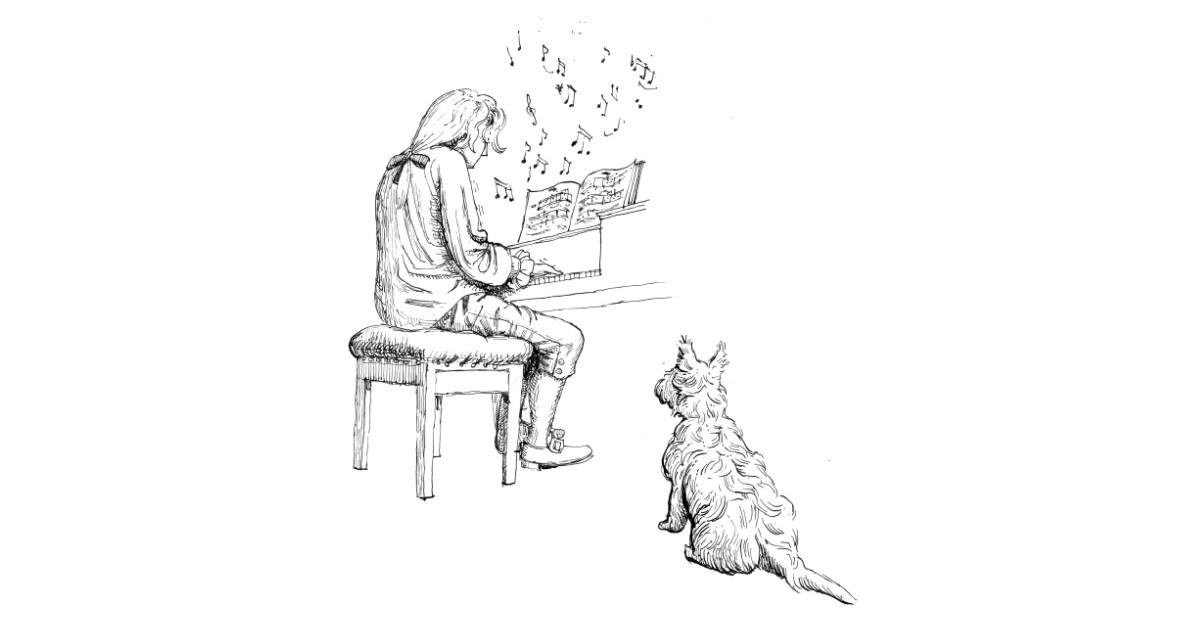Our Ancient Love of Quality
Quality is so important. It is the different between mass produced bleached white sliced bread assembled in a factory and bread lovingly made in small batches by a baker who really cares. The ingredients are much the same, but the differences are enormous. Whether it is the pleasure of sinking your teeth into a perfect slice of bread or the sensation of turning a well-made door handle, we humans love quality in all its many forms.
A while ago I was in a discussion with some architects whose taste was the polar opposite to mine. It was only when we began discussing the amazing quality of Victorian terraces that we found some common ground. I have come to believe that quality is the only thing that unites all architects from traditionalists like me to modernists like Norman Foster and Richard Rogers. But why is quality so important? Surely if something does its job then that is enough! But we humans are not like that, we want things to be better than they need to be and we can see a beauty in that.
It is the quality of the finished buildings which is the reason I take so much pleasure in designing country houses. My clients also share this passion, and we go to great lengths to satisfy this desire. For example, we recently completed an orangery in Norfolk designed in brick which demanded immense care and attention to detail and deliver the pristine finish required. We were using a strong coloured red brick with a white mortar which would really show up any slight mistakes and poor workmanship. This was extremely hard to do but everyone felt that the effort was worthwhile.
Humans are curious in their love of quality and it has very ancient roots. This can be seen from the evidence left by prehistoric tools, most notably the often beautifully made Acheulian hand axes which were produced by our early ancestors from 1,760,000 to 130,000 years ago. These exquisitely crafted objects have been found in their thousands in Asia, Europe and Africa. What is surprising about them is that some were too large to use and others have no evidence of being used. It is thought that due to their symmetry and meticulous workmanship, which was far greater than required for their function, they must have been primarily objects of beauty to be marvelled at for their aesthetic qualities and virtuoso craftsmanship. I find it extraordinary to contemplate that before our ancestors had evolved into humans, they found beauty in the applied arts. Since this was over a million years before we could speak and as thought is so tied up with language, this early form of art appreciation predates our uniquely human way of thinking.
And so, when someone made a beautiful hand axe in prehistoric times or today lays a well-crafted brick wall, though separated by hundreds of thousands of years, these objects both display evidence of the care, intelligence, and judgement of their makers which, in evolutionary terms, are desirable personal qualities and so we respond positively. When we see architecture done well, we react to this quality with an involuntary reaction that goes right back to our distant ancestral past. This is not solely a cultural response but an inherent impulse, similar to our deep, ancient and intense love of well baked bread.











